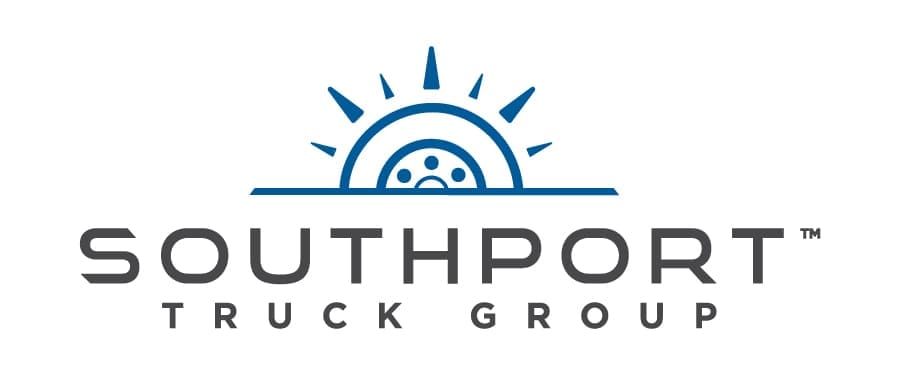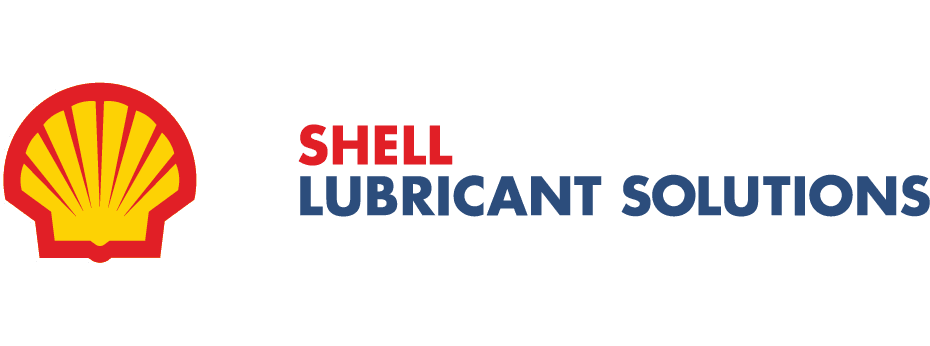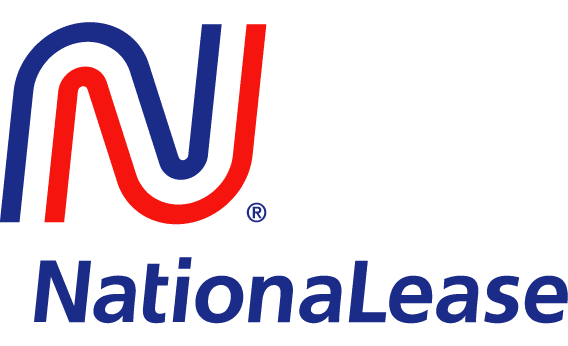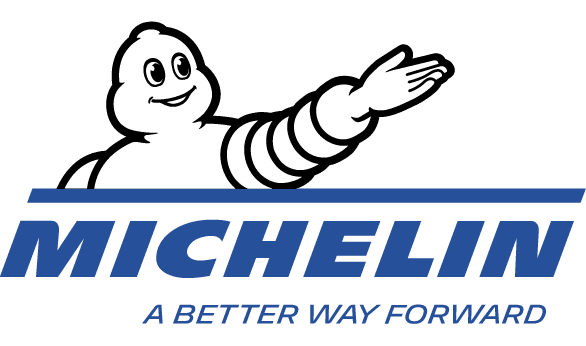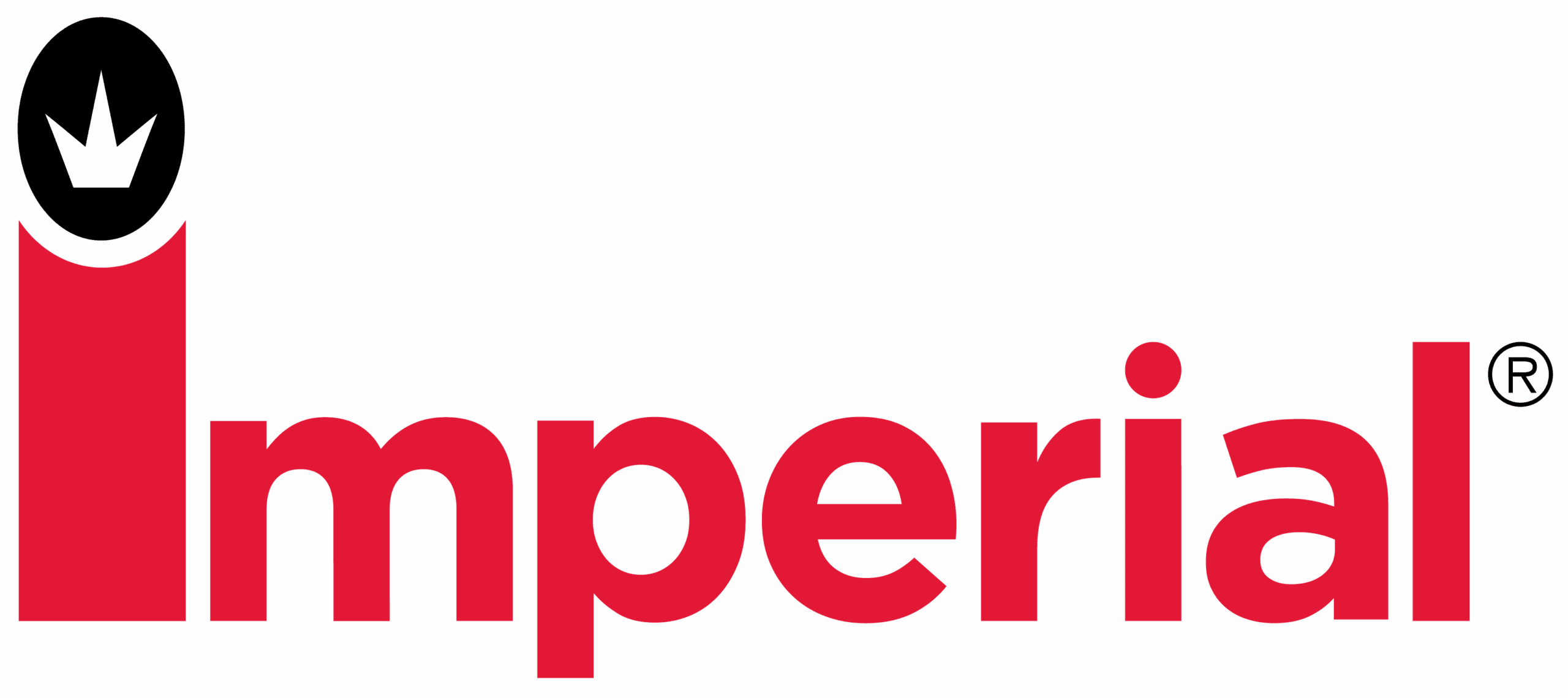Corcentric blog
Thought leadership, opinion pieces, analyses, and research about the latest source-to-pay, order-to-cash, and fleet industry business challenges, and how we’re working to solve them.
- Show all
- 3 Way Matching
- Accounts Payable Automation
- Accounts Receivable
- AP fraud
- Artificial Intelligence
- Artificial Intelligence (AI)
- Capital Equipment Financing
- Contract Lifecycle Management (CLM)
- Cor360 AP Automation
- Digital Transformation
- E-Invoicing
- Fleet Procurement (GPO)
- Fleet Solutions
- Indirect Spend
- Invoice Management
- Managed Services
- Order-to-Cash (O2C)
- Payments + Financing
- Procure-to-Pay (P2P)
- Procurement
- Source-to-Pay (S2P)
- Spend Analytics
- Supplier Management
- Working Capital
April 22, 2021
5 key metrics to help improve your AR team’s performance
Knowing the key metrics that will enable you to assess the performance of your accounts receivable is absolutely essential to improving cash flow and managing working capital.
April 5, 2021
Procurement maturity and business resilience Part 1: The role of savings
In this two-part series on procurement maturity, we'll examine the role of?procurement technology in adding value across the enterprise.
March 4, 2021
5 steps to zero-touch invoice processing
Manual processes and multiple human touches decelerate the speed at which invoices are approved. Remove these roadblocks and improve cycle time through automation. Learn the steps to Zero-Touch invoice processing.
February 9, 2021
Mastering a complex supplier ecosystem in 2021
Supply chain vulnerabilities caused by the COVID-19 pandemic have made mastering complex supplier ecosystems a top priority in 2021.
December 18, 2020
Looking beyond traditional O2C solutions: The limits of financial services
Corcentric's Managed O2C Solution takes a comprehensive approach by combining technology, consultative, and financial services.
December 14, 2020
3 keys to improving fleet safety, productivity, and compliance
Keeping your fleet moving on the road, at the job site is dependent on keeping your vehicles safe, ELD compliant, and out of the shop.
December 10, 2020
Minimising credit risks and getting paid on time (in a pandemic)
One alternative is to employ a managed receivables service, such as the managed receivables service from Corcentric.
December 9, 2020
Don’t fall for these P2P pitfalls
Searching and evaluating the right Procure-to-Pay (P2P) software can be a daunting, frustrating, task. Don't be fooled by bells and whistles.
December 3, 2020
Looking beyond traditional O2C solutions: The limits of business process outsourcing
At Corcentric, the nexus of O2C technology, BPO services and finance represents a differentiated O2C approach with guaranteed business outcomes.




